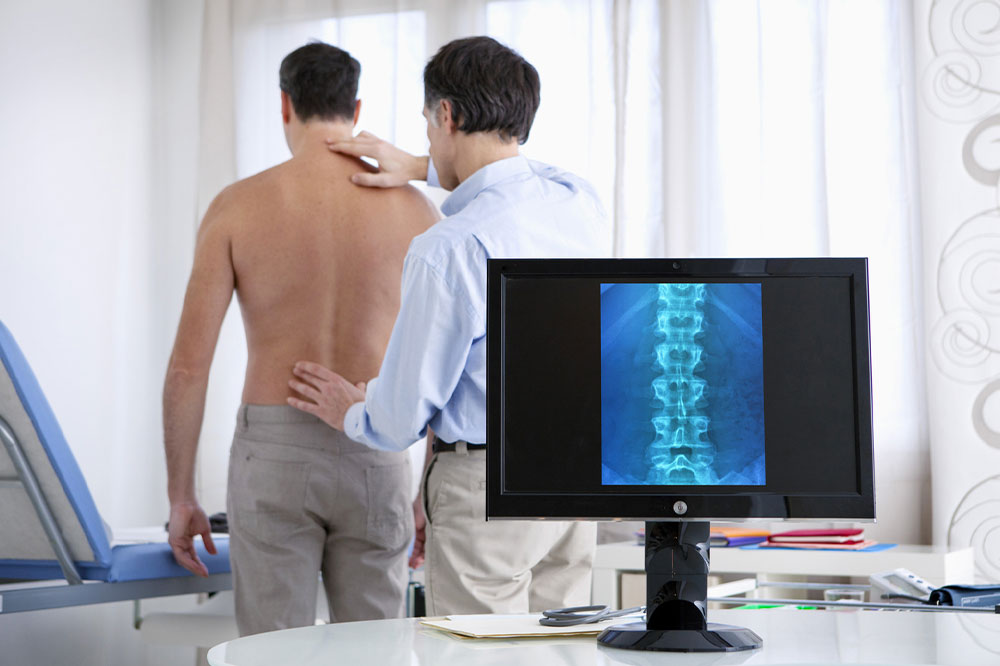
Spinal muscular atrophy – Causes, symptoms, and management
Spinal muscular atrophy (SMA) is a genetic or inherited disease affecting approximately one out of 6,000 to 10,000 children and adults in the country. The condition damages the brain’s neurons responsible for regulating walking, speaking, breathing, and other muscular activity. The symptoms and prognosis depend upon the type of the disorder. To tackle spinal muscular atrophy, it is essential to learn about its causes, symptoms, treatments, and other management methods.
Causes
People with the disease are known to have a missing or faulty survival motor neuron1 (SMN1) gene. As a result, their body cannot produce enough SMN protein, leading to the shrinking and dying of motor neurons. The brain cannot control voluntary movements, particularly of the neck, head, arms, and legs.
Symptoms
The signs vary depending on the type of spinal muscular atrophy:
Type 1 (severe)
It is also called Werdnig-Hoffmann disease. In this condition, infants may have trouble sucking and swallowing. They cannot hold their heads or sit, and their muscles continue to weaken. Babies are also more prone to collapsed lungs and respiratory infections.
Type 2 (intermediate)
It is also known as Dubowitz syndrome, where the child’s lower limbs are affected. They cannot walk but may be able to sit.
Type 3 (mild)
It is also known as Juvenile-Onset SMA or Kugelberg-Welander disease. The child suffers from mild muscle weakness and respiratory infections and has difficulty walking.
Type 4 (adult)
It is a rare form of spinal muscular atrophy that does not develop until the mid-30s. The symptoms include muscle weakness that may progress over time.
Treatment
Though the condition does not have any cure, treatments help manage the symptoms and improve the patient’s quality of life. Doctors may recommend gene replacement therapy for children below two years, where the faulty or missing SMN1 gene is replaced with the functioning gene. Disease-modifying therapy is recommended for children between two and 12 years to stimulate the production of the SMN protein. Sometimes, a curve in the spine could develop in the initial stages. In such a situation, the doctor may suggest a back brace, and surgery may be performed later to rectify this issue.
Natural remedies and lifestyle changes
The following at-home therapies can be used along with the above treatments:
Breathing assist devices
If the respiratory muscles are affected, patients may need a special mask or mouthpiece to breathe. A breathing machine may also be used at home if the problem is severe.
Light exercises
To protect the joints and strengthen the muscles, occupational and physical therapy can help. The therapist may suggest light movement exercises. In addition, using a walker or wheelchair may be recommended.
Foods to have and avoid
Muscle weakness in the throat and mouth causes trouble swallowing. Therefore, patients must be fed foods that are easy to chew and swallow. This includes yogurt, smoothly mashed potatoes, pureed food, and thickened liquids. The meals must be low in fat. A few options to avoid are foods with seeds, bread (particularly the crust), meat with tendons or cartilage, and sticky foods like rice or peanut butter. If the condition is severe, a feeding tube may be needed.
Spinal muscular atrophy is a long-term neuromuscular disease that can worsen with time. So, it is essential to consult a healthcare provider to effectively manage and treat the problem.




